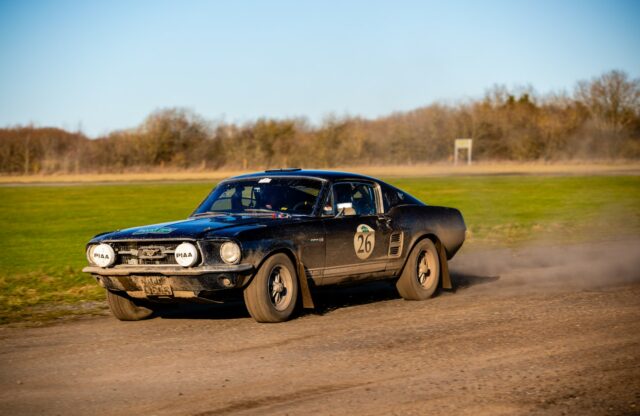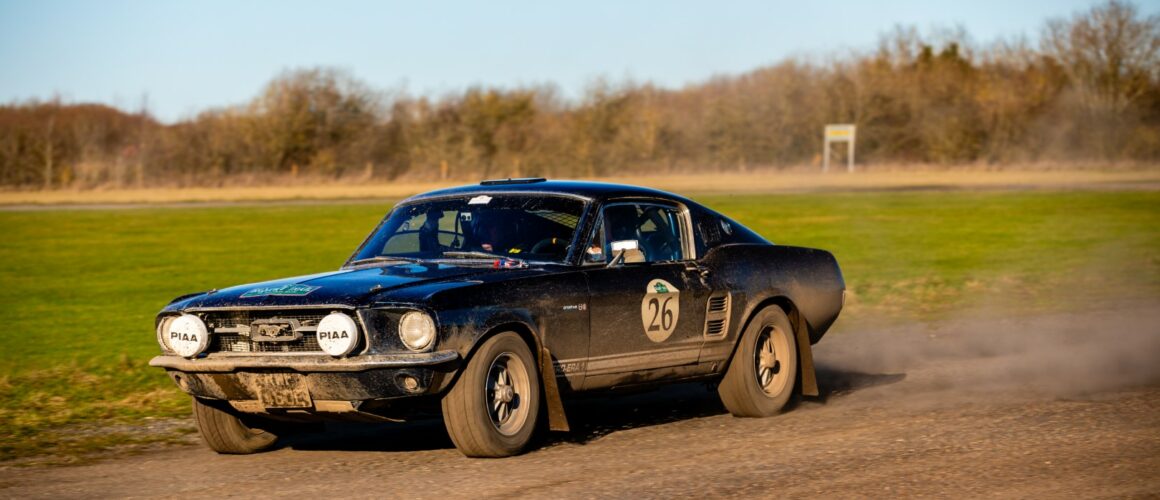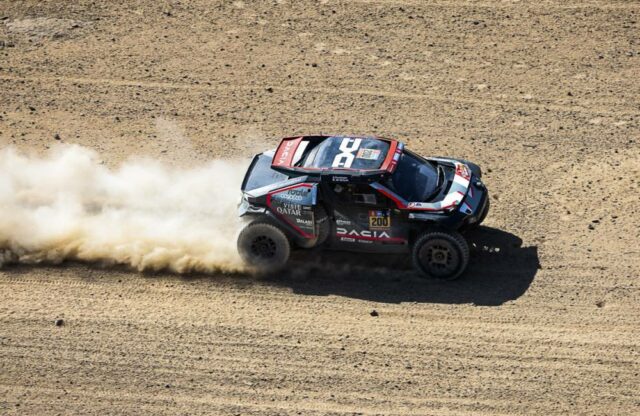To me, there is no one automotive utopia. Of course, you can find it balancing a Ferrari 250 GTO on the limit at Goodwood, but so too it is there when quietly pottering down the lane in an elderly 2CV to meet a couple of mates in a country pub on a sunny weekend.
I have, in my time, been lucky enough to do both these things – but while the former makes you feel blessed beyond compare, and the latter affords a deep and easy sense of emotional warmth within you, neither can do what the HERO-ERA 1 can do. Which is make you laugh so much you fear that if you don’t get a grip of both it and yourself, and soon, you’re going to park it in the hedge.
As you will have already twigged, the HERO-ERA 1 started life as a 1967 Ford Mustang, which the Historic Endurance Rally Organisation’s Tomas de Vargas Machuca tasked Prodrive with turning into a long-distance rally raider. It’s not the kind of work Dave Richards’ famed organisation usually does, and had his wife not expressed an interest in doing the Peking-Paris rally, he’d have probably said no.
The Ford is an interesting alternative to what de Vargas Machuca regards as its main rival, the Porsche 911, now ubiquitous on the Historic rallying scene. Of course, the Porsche and its derivatives have a long and illustrious history of rallying success, from Vic Elford winning the Monte in ’68 in a 911T, to René Metge winning the Paris-Dakar in ’84 in a 953. The Mustang? Bugger all.
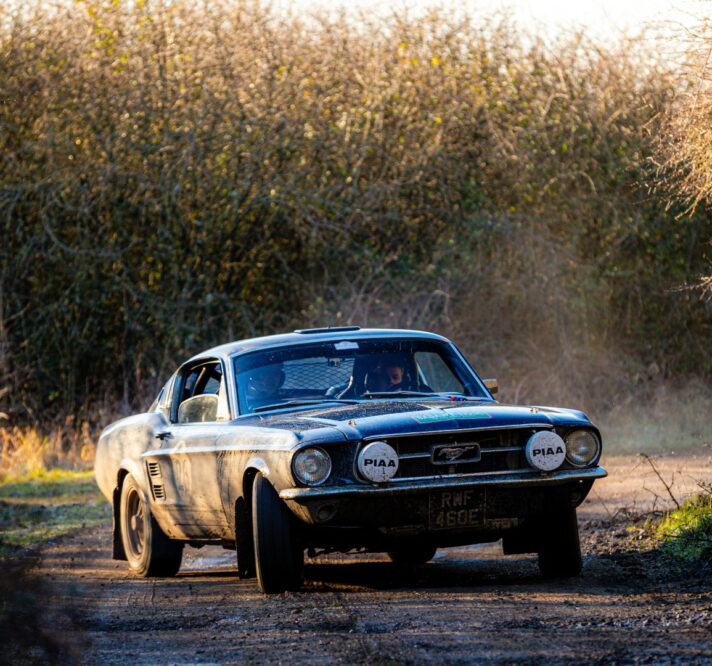
If you don’t give two hoots about the clock, you can drift it for as long as the corner lasts and at any speed it will take
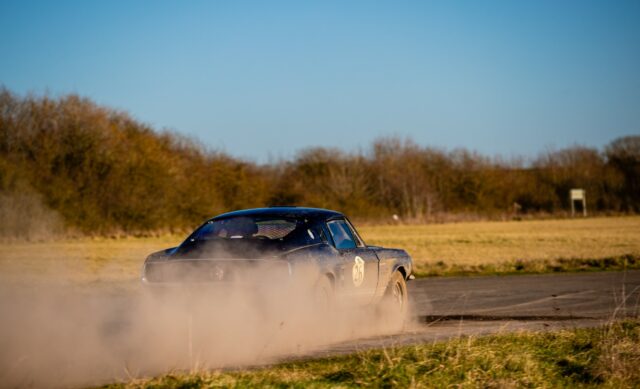
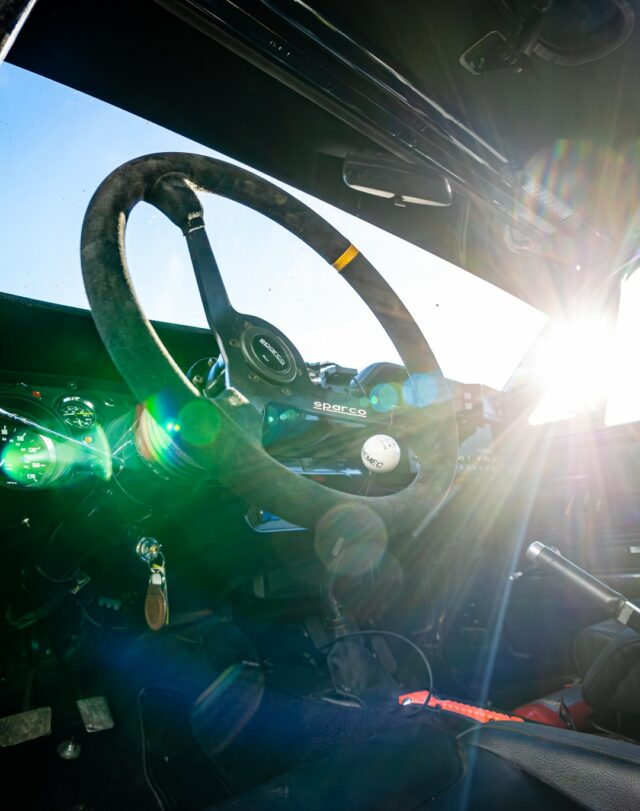
I mean, why would you go rallying in something that big, without even an engine over its rear wheels to spare its traction-limited blushes? Well, if you’re not a professional rally driver, but have still set yourself the challenge of driving 8500 miles in 37 days across some of the most inhospitable terrain on earth, there are some very compelling reasons indeed. And we’ll be getting to them presently.
But what is this car, and why is it no longer called a Mustang? The answer to both questions is that, contrary to appearances, this is a machine that’s been so changed, HERO decided to rename it HERO-ERA 1 rather than risk the wrath of the Blue Oval. The engine starts life as a 5.0-litre (302ci) Dart block, of a kind that only became available in the Mustang in 1968. However, it now displaces 5.4 litres and produces around 400bhp – a fraction of its true potential, because HERO reckons its customers will prize long-term reliability, the ability to run on terrible-quality fuel and torque from idle to red line more highly than outright grunt.
Its power is fed to the limited-slip differential between the rear wheels through a modern, tough-as-nuts Tremec five-speed gearbox. The suspension is changed at both ends, most notably at the rear where the (now Bilstein) dampers are now mounted vertically rather diagonally as per the original, but its live axle remains.

The bodywork receives hundreds of hours of attention to make it strong and stiff enough for the purpose, and it comes complete with full protection underneath and a monster 70-gallon fuel tank. Tyre choice is interesting, too: Michelin is the supplier, but these are neither sticky track-day tyres, nor super-knobbly off-road rubber. They’re called Agilis CrossClimates, and reason you’ve never heard of them is that they’re designed to be used by vans, which means their primary attribute is durability. All this is possible, of course, because the only set of regulations to which the car is obliged to comply are HERO’s own.
Climb aboard the HERO-ERA 1, and you notice several things all at once. For a start, the seat is exceptionally comfortable, and nothing like the rock-hard buckets you find in most competition cars. In a machine that’s never going to generate much lateral acceleration, but which will need to keep its occupants as ache-free as possible, day in, day out, it makes a great deal of sense. There are Smiths instruments, a narrow-diameter, thick-rimmed Sabelt steering wheel – neither of which I recall being that popular down Detroit way in the late 1960s – and a handbrake you can tell was not designed simply to stop the car rolling away when parked.
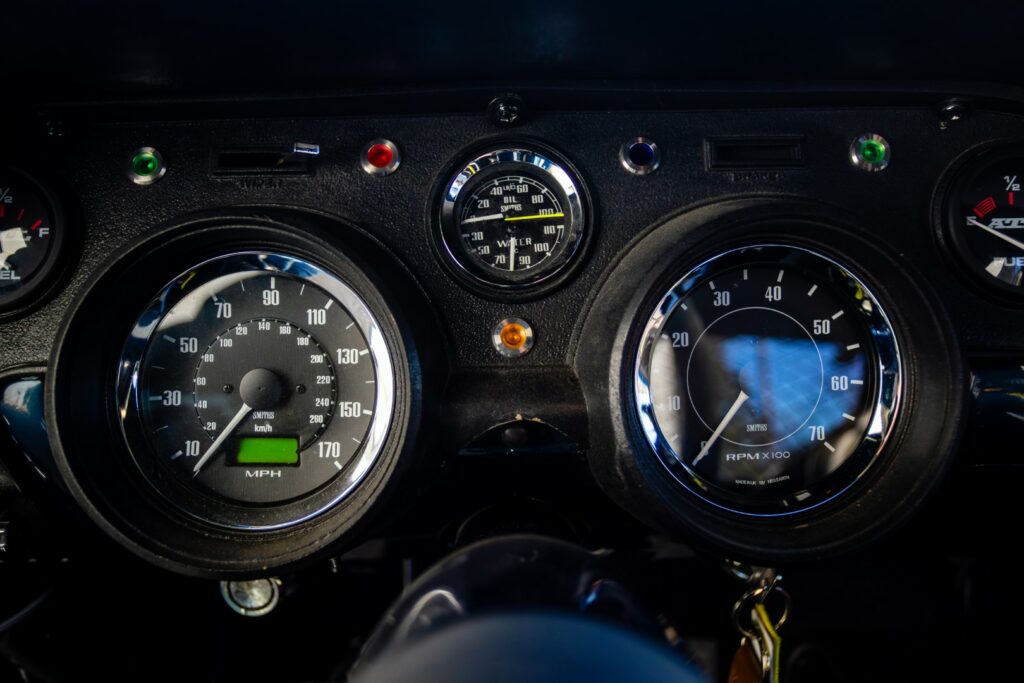
For today’s test drive, I face a stage of three to four miles, partly on Tarmac, but mainly on gravel. I start on the hard stuff, and to avoid disappointment I have to remind myself this is not what the HERO-ERA 1 is designed for. There’s not much grip at the back, which would be fine were it not for the fact that there’s even less at the front. The car understeers markedly, the steering is too low geared and imprecise (because the rules say the original steering box has to be retained) and it has to be artificially provoked into a slide.
Put it on the loose, however, and it’s a like a sea lion waddling its way off an ice floe and into the frozen ocean. Suddenly this hitherto ungainly, wallowing beast is in its element; at once the entire character of the car changes beyond recognition. Now all the action is at the rear, and if you want to go fast, you must restrain your right foot to keep it neutral. Alternatively, if you don’t give two hoots about the clock, you can drift it for as long as the corner lasts and at any speed it will take, the V8 thundering away at you in that inimitable Motown argot we all love so much.
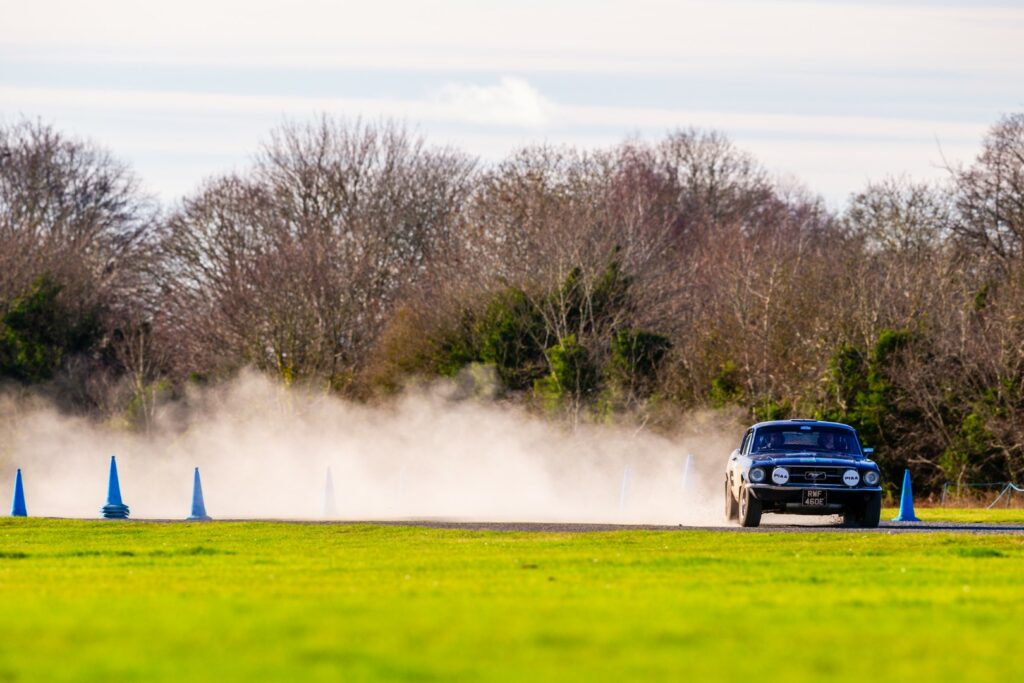
The HERO-ERA 1 costs around £350,000 in ready-to-roll form; that might sound a lot, but it also includes the price of the donor vehicle. And don’t forget it will have been built by Prodrive, which brings both reassurance and cachet. And Tomas says no more than 15 will be built.
For me, if it were a short event running for a period of time best measured in hours or days, I’d rather be in a smaller, lighter, more agile 911. But if I were to spend more than six weeks on perhaps the most gruelling Historic rally of them all, I’d feel safer, more comfortable and probably not a lot less entertained in the Mustang. I mean the HERO-ERA 1.
Find out more here.
